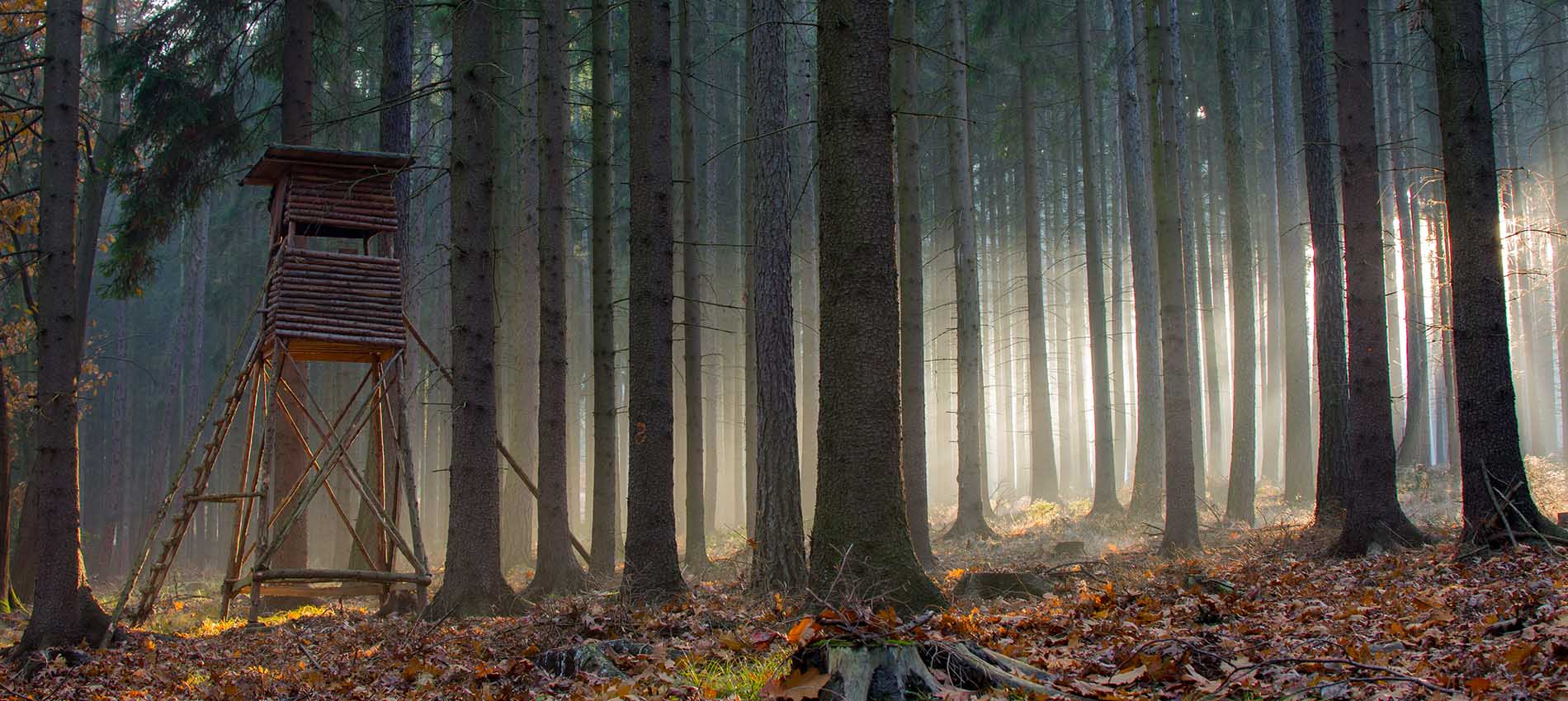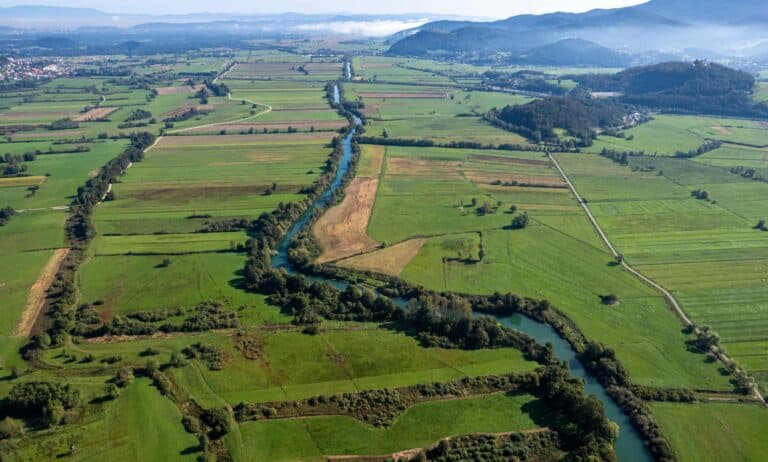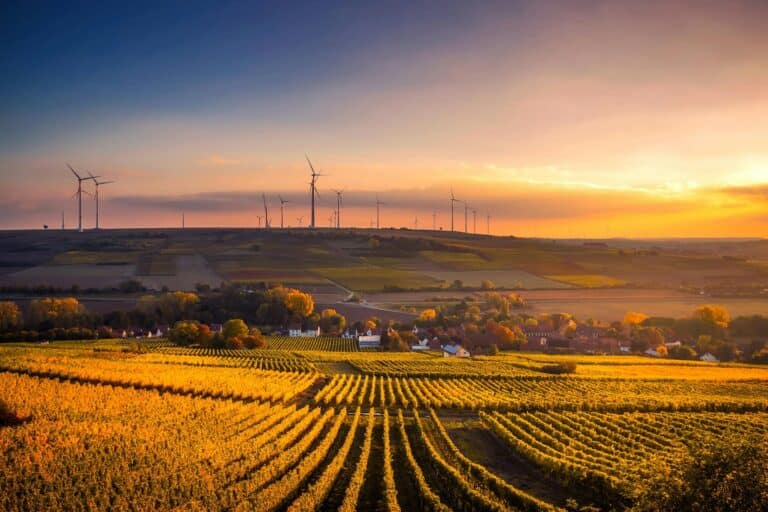For some, timberland sounds like a great way to diversify their investment portfolio. For others, it just sounds like a rapper from the early 2000s. Or stylish boots often paired with flannel. For the sake of this blog, we’re defining timberland as the Board of Forestry does, as “an area devoted to and used for growing and harvesting timber, or for growing and harvesting timber and compatible uses, as defined in a subdivision.” When it comes to understanding timberland values as a property investment, these are a few things you need to know:
Timberland investing: From the beginning
Forested lands owned and operated for the sole purpose of investing is not a new concept. The idea that someone (either the state or local government or an individual/family) would buy a wooded area and use it for working public parks or timber reserves is one of the oldest investment strategies in the books. Some of the most significant owners of timberland in the 1800s and early 1900s owners have been paper companies, and over time they’ve purchased millions of acres of land rich in mature trees and often paid for by federal grants. Typically, these plots of forested land have been designed for use by public railroads and other landmarks.
One of the unique benefits of investing in timberland is that it’s an asset that you can enjoy and own at the same time. With investments like gold, there’s not much you can do with it while you own it. With land, you can horseback ride through it, hunt on it, explore it.
These forests were run just like any other industrial market; designed to mass produce a product that was in high demand. While this resulted in some of the world’s most well-known paper products, furniture and building materials, things began to shift in the 1980s. It was during this time that more and more owners of timberland started to get rid of these properties for a variety of reasons, providing profitable investment opportunities for individual owners. Now, owning timberland is a popular investment strategy that has proven to be safer and less volatile than stocks and serves as a great way to diversify an investment portfolio.
Methods of determining value
When you’re selling a home, you have square footage and rooms and features to help determine the value of the home. You also usually have similar properties to compare yours to, in order to get an idea of what your home is worth. Buying and selling timberland doesn’t come with the same advantages. To determine the value of Timberland, you’ll need an appraisal. There are a few different methods to help determine the value of this type of investment, but the best appraisal would be one that took all of these different methods into consideration.
Find timberland for sale on Lands of America
Cost valuation method
In this method, the buyer will take all of the individual assets of the property into consideration, including the stumpage value of existing timber, to determine the market value. Things like mitigation credits and non-timber products like fruit and medicinal plants are included in this method to get a fair and calculated assessment of the property value. Working with an experienced forester is recommended with this method.
Soil expectation value
Without getting overly technical, the soil expectation value (or SEV) is used when it has been determined that the best use for the property is for the production of timber. It measures the value of the costs and revenues resulting from a sequence of forested rotations.
But even before you start the official appraisal process, there are a few things to consider about your particular property to help determine if it’s going to be a smart investment:
Timber vs. land
are you looking to invest in just the land? Or only the timber? Or both? The timber may affect the appreciation of the land, so make sure you’re considering all aspects of the investment.
Timing
Just like with any other real estate investments, there are good times to buy and sell, and there are bad times to buy and sell. The more flexible you are, the more power you have in the market.
Proper land management
Efficient property management can improve the value of Timberland. Things like pest control can help trees grow faster and improve the timber’s density. Competent management of a property will increase the land’s value significantly.
Types of trees
Understanding what kinds of trees grow on the property will help you determine whether it’s a smart investment opportunity. Knowing the specific species of trees, their growth rates and patterns, and the soil type are all critical factors in predicting the appreciation of the property.
Find timberland for sale on Land And Farm
Why invest in timberland?
One of the unique benefits of investing in timberland is that it’s an asset that you can enjoy and own at the same time. With investments like gold, there’s not much you can do with it while you own it. With land, you can horseback ride through it, hunt on it, explore it. This is one of the main reasons people invest in timberland; they combine a smart investment opportunity with adding value, fun and experiences to their lives.
A more technical benefit is that investing in timberland serves as a hedge against inflation. Time and time again throughout history, records have shown that there is a positive link between inflation and returns when it comes to this sort of investment. It also diversifies an investment portfolio and reduces volatility by producing returns that run contrary to typical fluctuation cycles in other investment classes.
Another reason investors seek out timberland as an investment opportunity is that trees don’t care what is going on in the economy. They’ll do their job regardless of current market conditions. Trees will grow, both physically and in terms of value, regardless of the current economic standing. This can be a relief for investors in an ever-changing market.
Ways to invest in timberland
There’s no one right way to invest in timberland. How you invest depends on how much capital you have up front, how quickly and securely you want to be able to buy/sell the land and how much hands-on work and management the investor is willing to put into the property. Investing in timberland can look like purchasing shares of timber, purchasing the land and managing the timber on their own, buying the land and hiring someone to manage the timber or acquiring the land outright.
Understanding timberland values is key to making smart investment decisions. If you’re thinking about adding this type of investment to your portfolio for the first time, it’s highly recommended to work with a forester who can help you understand the details and determine a fair value for the land. Like other types of real estate investment, each property comes with its specific features that contribute to its value and predicted appreciation, all of which should be carefully considered when deciding to invest.



